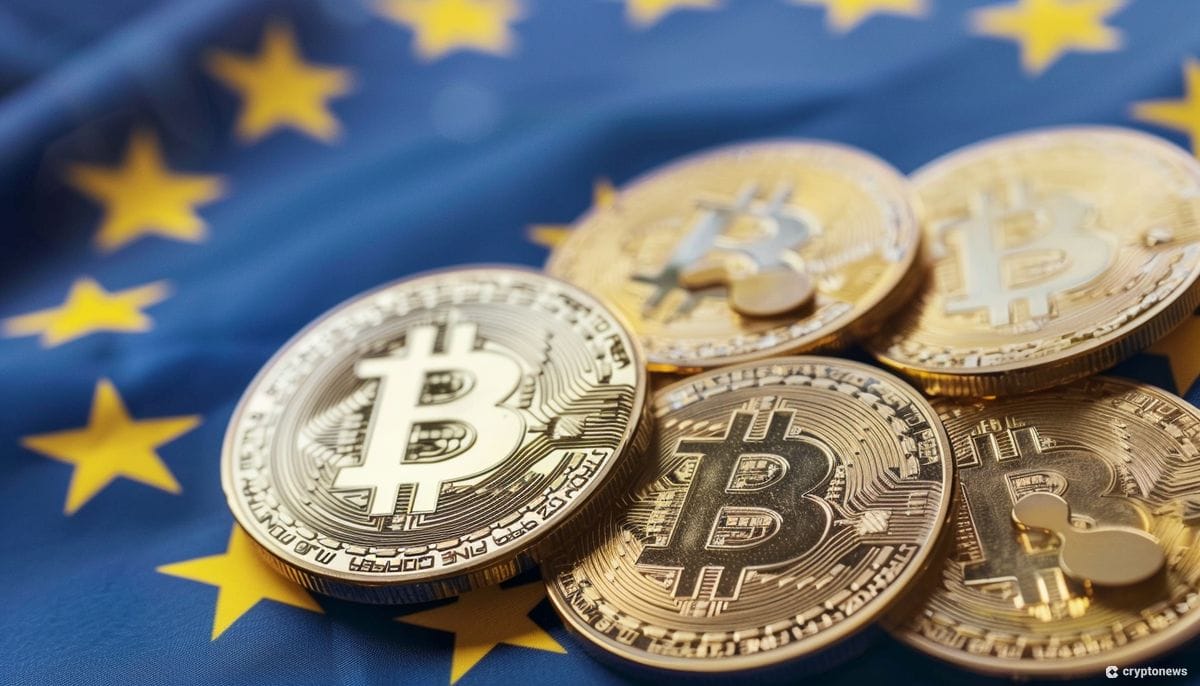The European Union (EU) is ramping up its efforts to combat money laundering and terrorist financing, particularly in the cryptocurrency sector. The European Banking Authority (EBA) recently released new guidelines for crypto-asset service providers (CASPs) on July 4, set to take effect on December 30, 2024. These guidelines, known as the EBA Travel Rule Guidelines, aim to strengthen Anti-Money Laundering (AML) and Countering the Financing of Terrorism (CFT) efforts within the EU’s digital asset industry. The guidelines extend the Travel Rule requirements to CASPs and their intermediaries, aligning with the Financial Action Task Force’s (FATF) standards.
The EBA Travel Rule Guidelines mandate that all crypto exchanges operating within the EU adhere to Regulation (EU) 2023/1113, which entails collecting and reporting information on fund and crypto asset transfers. This includes details about the originator and beneficiary of the transfer. The guidelines replace the previous Joint Guidelines under Article 25 of Regulation (EU) 2015/847 and aim to prevent, detect, and investigate money laundering and terrorist financing activities. CASPs, as defined by the Markets in Crypto Assets (MiCA) regulation, must ensure user data collection, identify service-related purchases, and establish clear policies for managing transactions.
The EBA guidelines outline the steps that payment service providers (PSPs), intermediary PSPs (IPSPs), and CASPs should take to detect missing or incomplete information in transfers. The guidelines also specify actions to be taken if a transfer lacks the required details. While achieving compliance may come with financial challenges for crypto exchanges and service providers, the EBA expects the long-term benefits to outweigh the initial costs. Crypto exchanges subject to existing AML directives will continue to operate under those regulations, with the Travel Rule Guidelines adding an extra layer of compliance for digital asset transactions.
As global governments tighten regulations on crypto exchanges, the industry is actively working on compliance measures. For example, the Cardano Foundation has aligned its sustainability indicators with the upcoming MiCA regulation, showcasing its energy-efficient consensus mechanism and commitment to transparency and accountability. Similarly, Circle, the organization behind USDC stablecoin, recently secured an Electronic Money Institution (EMI) license under the EU’s MiCA regulatory framework, setting a precedent for other stablecoin issuers to follow suit. The implementation of the new EBA Travel Rule Guidelines marks a significant milestone in the EU’s efforts to combat financial crimes in digital assets, signaling a move towards increased regulatory oversight and compliance.











